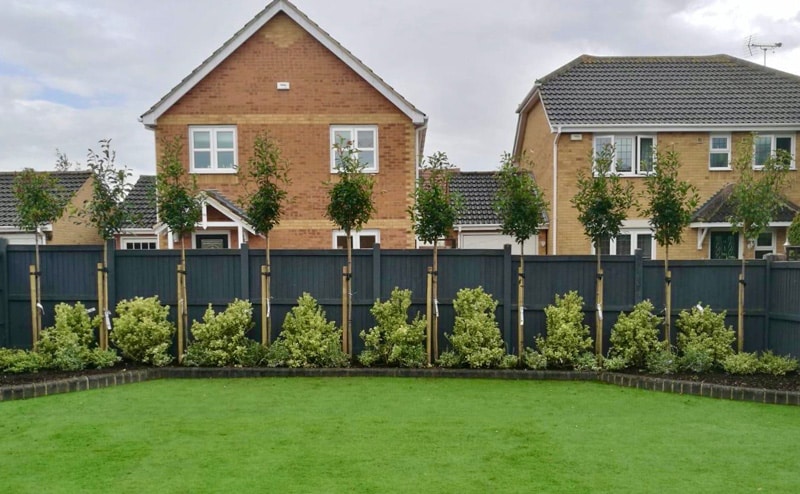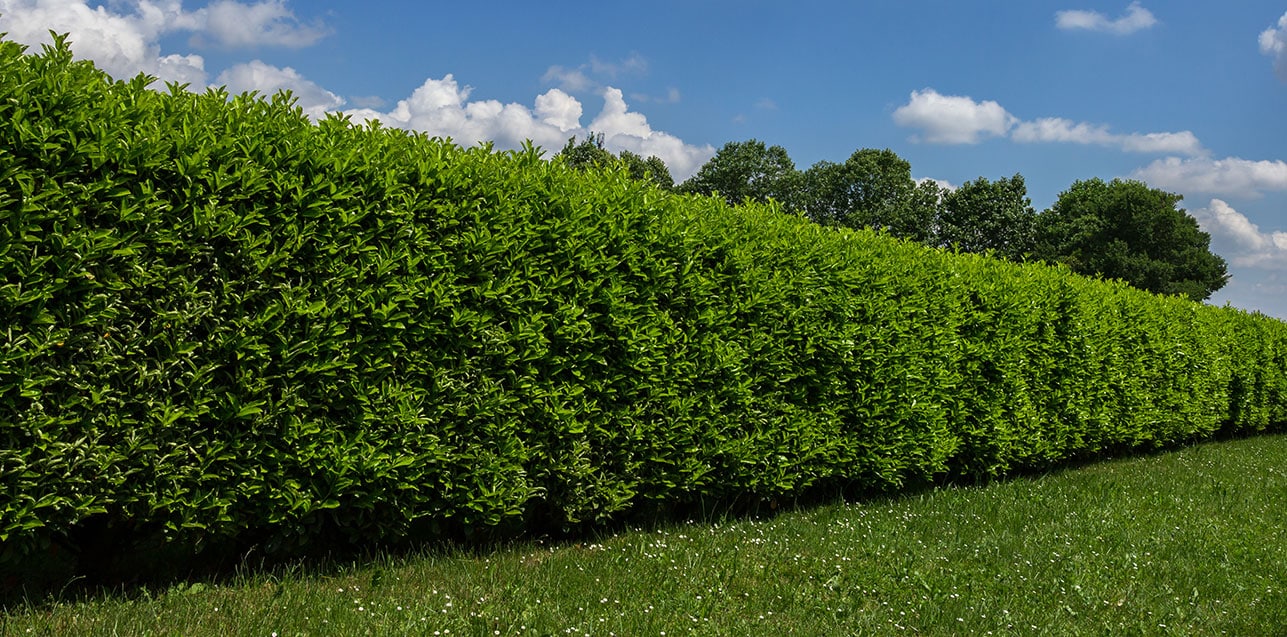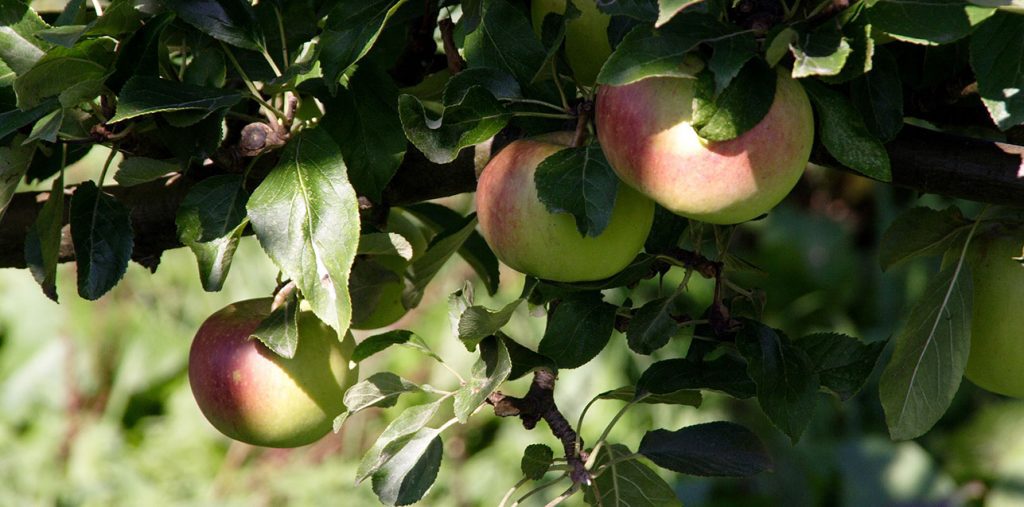Known for naturally blending into the landscape and supporting essential wildlife, native trees are a popular choice for gardens in the British Isles. They are also good for those who want to maintain biodiversity by providing food and shelter for native insects, birds, and mammals.
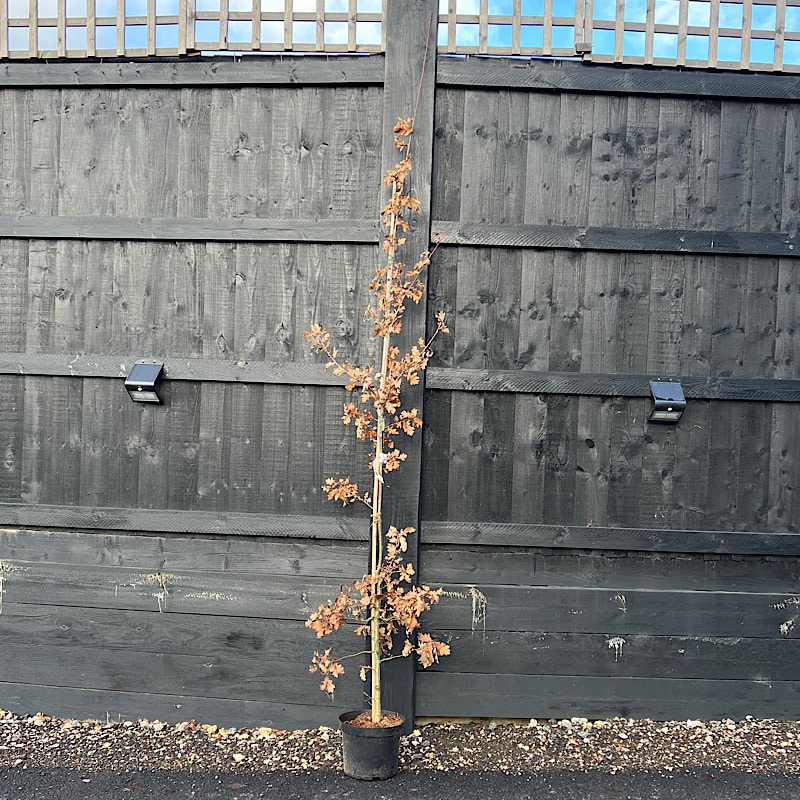
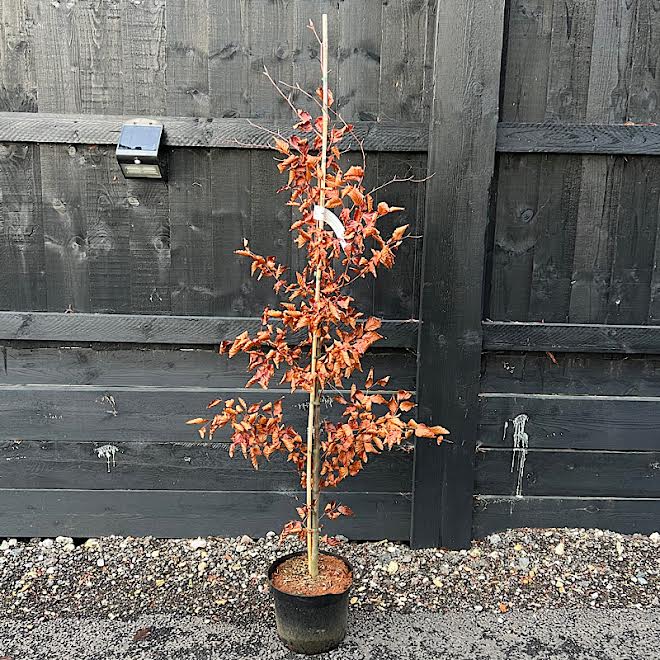
There are native trees for gardens that thrive in almost any soil type and setting. While some varieties can grow too large or require wetter conditions, many are perfectly suited to residential spaces. We’ve grouped our top choices into lists for small and large gardens, take a look and find the right fit for your space!
Native Trees for Small Gardens
If you’re working with limited space, several native trees for gardens are ideal for compact plots:
Hawthorn (Crataegus monogyna). A tough and adaptable tree that also supports a wide range of pollinators.
Silver birch (Betula pendula). Known for its light canopy and elegant bark, it’s great for smaller gardens.
Bird cherry (Prunus padus). Offers spring blossom and autumn colour, while attracting birds and insects.
Crab apple (Malus sylvestris). Produces beautiful flowers and small fruits that benefit birds and mammals.
Field maple (Acer campestre). The UK’s only native maple, excellent for autumn colour and wildlife value.
Whitebeam (Sorbus aria). Compact and hardy, with distinctive silvery foliage and red berries.
Note: Many of these native trees for gardens are available as bare root plants during their dormant season. Sizes typically range from 40–60cm, though we can often source bare root specimens up to 2 metres tall. Availability at larger sizes depends on the variety, as some species don’t tolerate being lifted at certain heights.
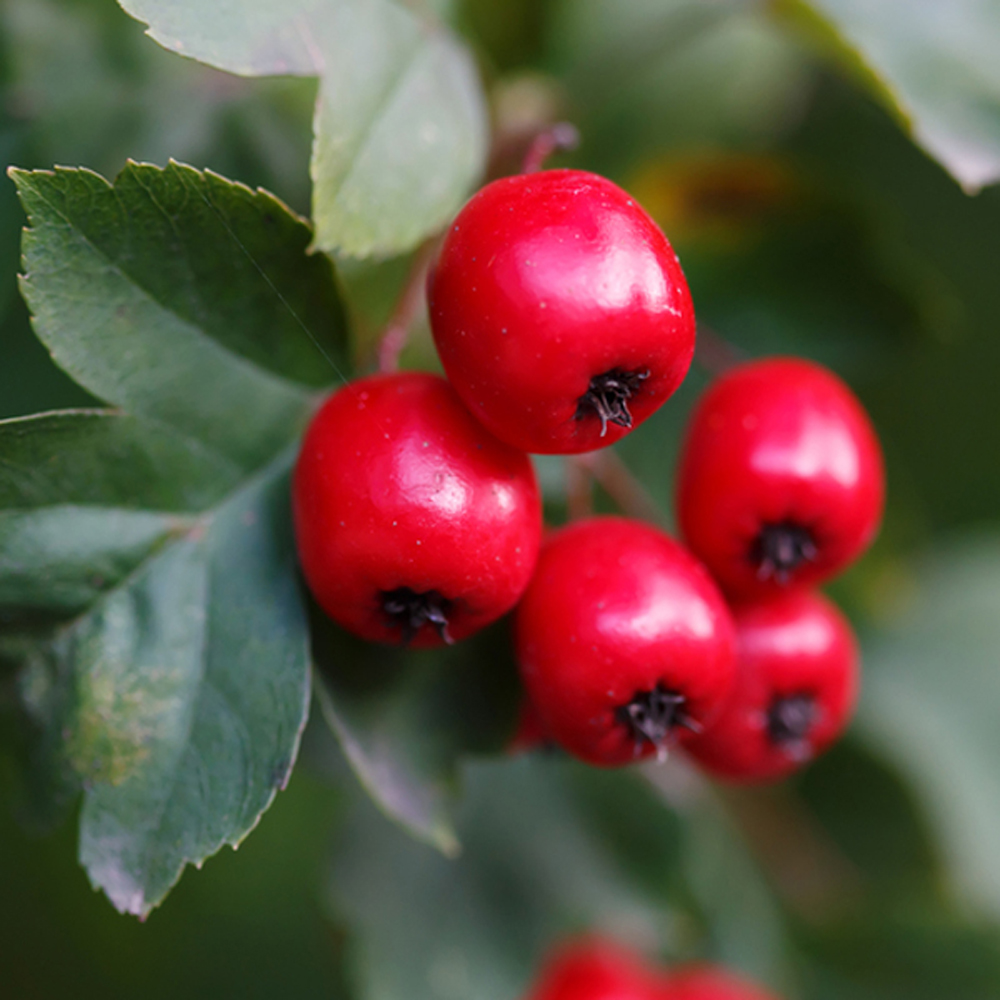
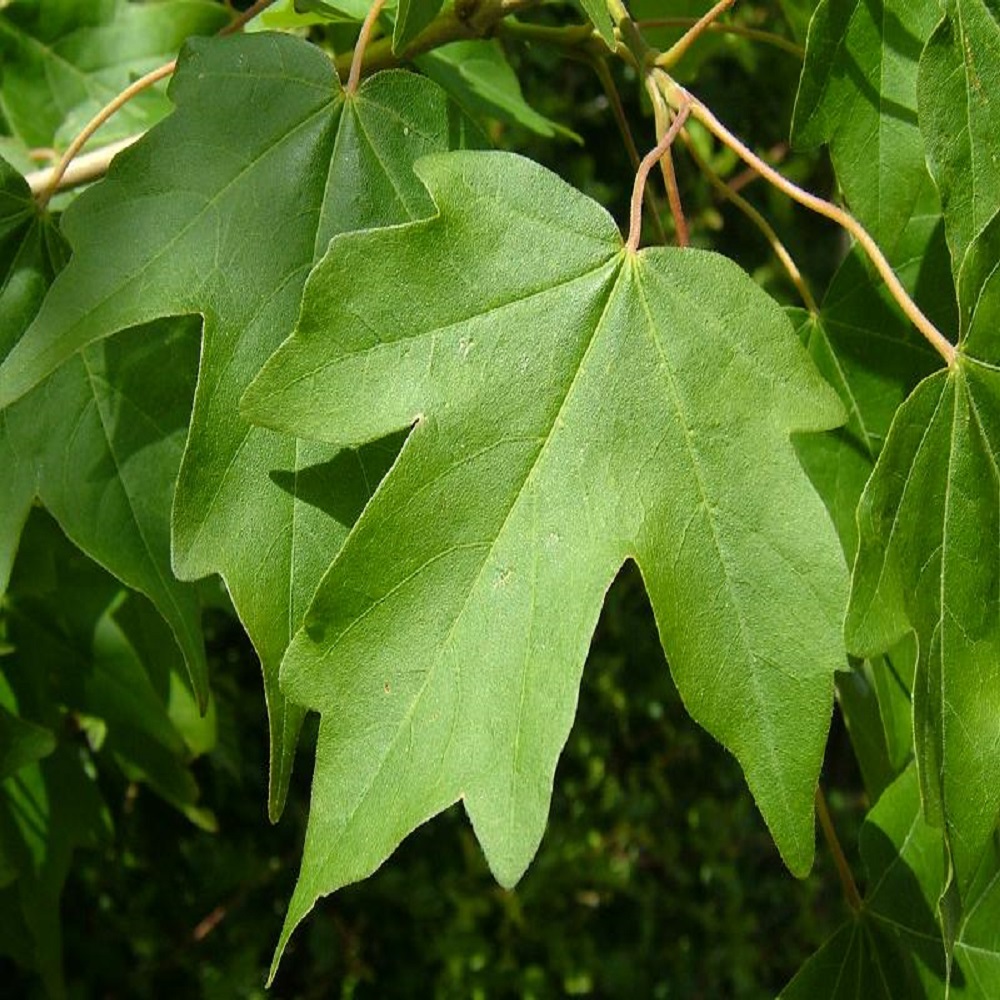
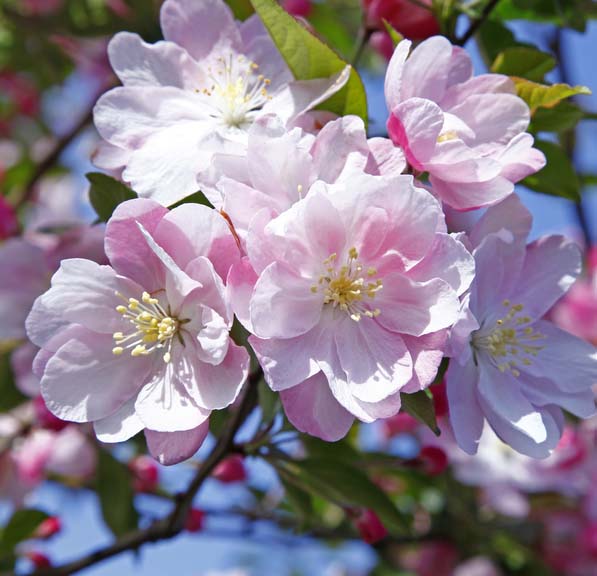
Native Trees for Large Gardens
Larger spaces allow for planting more substantial native trees for gardens:
Rowan (Sorbus aucuparia). Valued by wildlife owing to its striking berries. These berries also help to add to the seasonal interest.
Scots pine (Pinus sylvestris). A great choice for adding evergreen structure and offering year-round shelter for birds.
English oak (Quercus robur). A keystone species among native trees and a common sight in lowland woodland across the British Isles. English oak has high-quality timber and supports native wildlife.
Small-leaved lime (Tilia cordata). Attractive to pollinators, with heart-shaped leaves and fragrant flowers.
Hornbeam (Carpinus betulus). Tough and long-lived, especially suitable for clay soils.
Wild cherry (Prunus avium). Offers beautiful spring blossoms and food for birds.
Green beech (Fagus sylvatica). Majestic and dense, ideal as a specimen or hedge in larger gardens.
Common alder (Alnus glutinosa). Tolerates poorly-drained soils and wetter areas, it is ideal for coastal and riverside locations.
Note: Some of the above, like Hornbeam and Beech, can be gown as hedges. They can be suitable for smaller gardens when grown in this form.
Our Top Picks
English Oak (Quercus robur) is one of the most important native trees. It produces strong hardwood timber and supports rich wildlife. Hundreds of insect species live on oak, like Hairstreak butterflies feed on its flowers and buds. Bats, woodpeckers, and many other birds rely on oak trees too and rotting leaves at the base provide food for many invertebrates.
Hornbeam is another very important native tree. An important component of native woodland in the UK, it will grow to around 20m. It too, is an important source of hardwood timber, and it’s longevity in woodlands was increased by periodic coppicing. Hornbeam will thrive on clay soils, which is why we recommend them in preference to Beech when planting in Essex.
Selecting the correct native tree for your particular situation can be tricky. We will be pleased to advise you on this: Get In Touch

